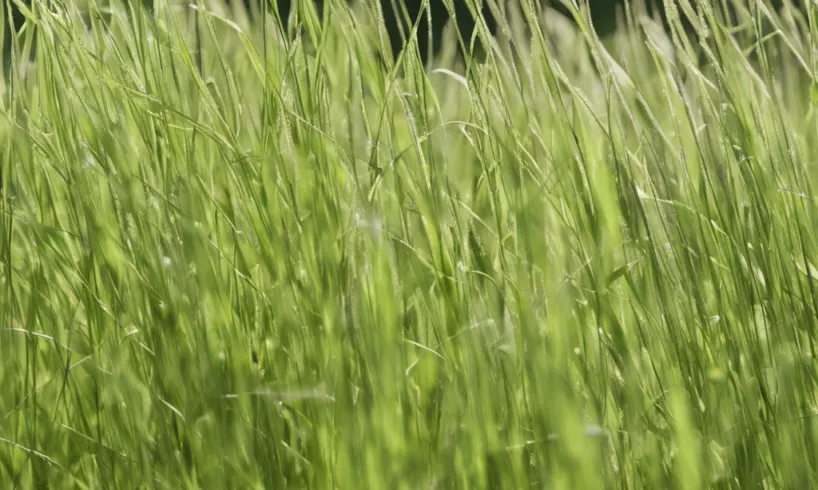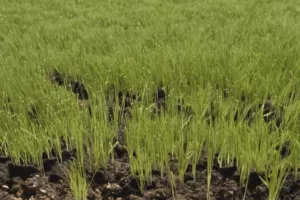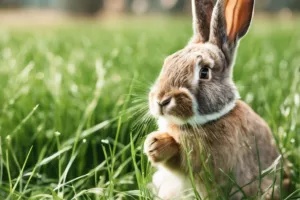
Understanding the Nature of Buffalo Grass
Buffalo Grass, scientifically known as Bouteloua dactyloides, is a perennial, warm-season grass species. It is native to the Great Plains from Montana to Mexico. It’s a popular choice in many regions due to its hardiness, low water requirement, and overall low maintenance. But an important question often arises about Buffalo Grass: “Is Buffalo Grass invasive?” To answer this question, we first need to understand what makes a plant invasive.
Defining Invasive Species
An invasive species is any kind of living organism—an amphibian, plant, insect, fish, fungus, bacteria, or even an organism’s seeds or eggs—that is not native to an ecosystem and causes harm. They can harm the environment, the economy, or even human health. Species that grow and reproduce quickly, and spread aggressively, with potential to cause harm, are given the label “invasive.”
The Invasiveness of Buffalo Grass
Generally, Buffalo Grass is not categorized as an invasive species. As a native grass, it has adapted to the environmental conditions of the Great Plains and typically coexists well with other local flora. Its growth pattern is typically slow and not aggressive, and it does not tend to overtake or choke out other species in a balanced ecosystem.
However, like any plant, in an environment where it’s not native, Buffalo Grass may behave differently. Outside of its native range, it could potentially become invasive under optimal conditions. This is particularly true if it’s introduced to an area with no natural competitors or predators, allowing it to spread unchecked.
Buffalo Grass in Non-Native Regions
In non-native regions, Buffalo Grass could potentially become a problem. For instance, in Australia, where it’s not native, Buffalo Grass has been reported to outcompete other grasses and become dominant in certain areas. This is due to its ability to withstand trampling and grazing, recover from drought quickly, and thrive in a variety of soil types.
Special Considerations for Non-Native Regions
In regions where Buffalo Grass is not native, special care should be taken to prevent potential overgrowth or domination. This might include monitoring its spread, limiting planting to controlled areas, or choosing native grasses instead.
Practical Tips for Growing Buffalo Grass
Whether you’re in a region where Buffalo Grass is native or not, there are several practical considerations for growing it.
Planting and Watering
Buffalo Grass seeds should be planted in late spring to early summer, when soil temperatures are 60-85°F. Once established, Buffalo Grass requires minimal watering, making it an excellent choice for drought-prone areas.
Mowing and Maintenance
Buffalo Grass has a slow growth habit and requires less mowing than many other grasses. However, occasional mowing can encourage a denser growth habit and help prevent weed invasion.
Control Methods
In cases where Buffalo Grass is becoming too dominant, physical removal may be necessary. Regular mowing or grazing can also help control its spread.
To summarize, while Buffalo Grass is typically not invasive in its native range, it can potentially become a problem in regions where it’s not native. Proper management and care can help keep this hardy, low-maintenance grass in check.

Bob Green, a passionate lawn care enthusiast with over two decades of landscaping experience, is this website’s proud owner. His vast knowledge of horticulture and dedication to helping homeowners maintain beautiful lawns are reflected in the valuable content he shares on his platform. John has always been interested in Agrostology.













